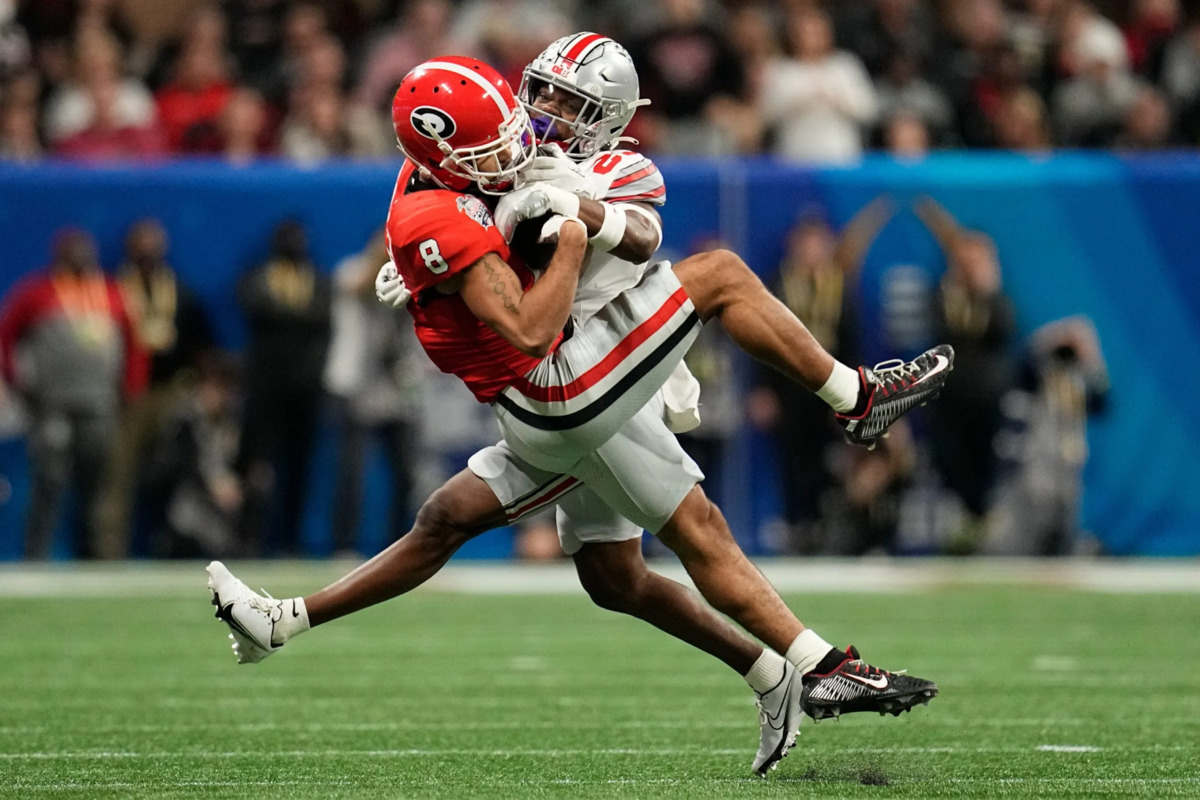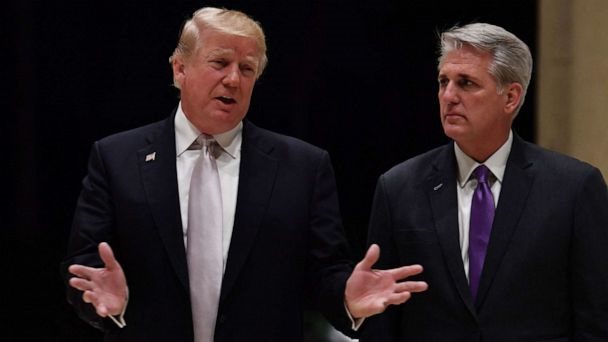College Athletics Turmoil: College sports, once respected for its conventions and camaraderie, has taken a perilous turn into scorn and needless spending. As fortunes rise and fall, inept college presidents, callous conference commissioners, and greedy athletics managers wreck a beautiful show. The effects are awful because they shake this once-great institution, make it less honest, and put money first.
The business predicated on on-field prowess has become a nightmare. A heartbreaking image shows how hard people are striving to change something people have cherished for decades. College Sports Inc. hits its tumultuous apex this week and begins a panic-filled spiral that leads to a result no one desired.
Arizona’s college sports future is at stake as the Board of Regents meets. Pac-12 pride is fading as restructuring continues. Oregon, Washington, Stanford, and California may join the Big Ten. While the Pac-12 is on the brink of extinction, it wants to write a new chapter.
As Florida State opposes the ACC, the storm is rekindled at the uttermost East Coast. Compared to the SEC and Big Ten, their $40 million media rights price is insufficient. The Seminoles’ independence call might rock the ACC.
College athletics are headed toward 20-team mega leagues as objections grow. The 1960s-founded Pac-12’s demise portends dismal times. Despite the blurring limits between professionalism and taking advantage of people, administrators battle for their “amateur” approach and legal protection for it.


READ MORE: Montrezl Harrell Injury: Philadelphia 76ers Dealt a Blow as Center Montrezl Sidelined
The halls of power echo with hypocrisy amid all this disarray. A corporation with poor management and greedy aims is heading toward an
uncertain future. Money drives institutions’ power struggles.
Texas leaves the Big 12 for the SEC to make money, sacrificing its competitive edge. Southern Cal and UCLA leaving the Pac-12 is devastating. Money trumps loyalty in decision-making. Florida State is breaking deals again to locate better locations.
The NCAA appears helpless in this situation. Its turbulence overshadows its enormous changes. Its terrible silence poses
existential questions. Schools strive for power by believing contracts can be broken and relationships may change.
The plot moves toward a money-ruled world. As colleges pursue cash, college athletics are losing their values. Changes in the TV networks that funded this extravagant spectacular highlight how precarious reliance is.
College Sports Inc.’s distorted compass points one way as money demands rise. Change is imminent with fractured values, traditions, and allegiances. As night falls on college sports’ sacred grounds, the true cost of their mayhem becomes apparent.
Also Read: San Jose State Trainer Inappropriate Touching Case: Mistrial Declared
Our Reader’s Queries
Why are colleges cutting sports?
The majority of university officials do not foresee their sports programs bringing in significant revenue. Out of the 1,100 NCAA member schools, only approximately 25 of them are able to generate a profit from their athletics departments. In many cases, institutions invest a substantial amount of money that surpasses what their teams can accumulate from ticket sales, broadcasting contracts, and similar sources of income.
What percent of college athletes quit their sport?
A recent study published in the British Journal of Sports Medicine revealed that approximately one-third of college athletes opt to discontinue their participation in their respective sports.
What are some issues in college sports?
Playing time and recognition are common challenges for student-athletes, regardless of the sport. Will they get the playing time they want? Will they be acknowledged for their hard work? It’s crucial to understand that many factors are beyond the athletes’ control.
What is the depression rate in college athletes?
The likelihood of depression among college student-athletes varies from 15.6% to 33.2%, with higher reports of symptoms from first-year students and females [4, 6, 7].

